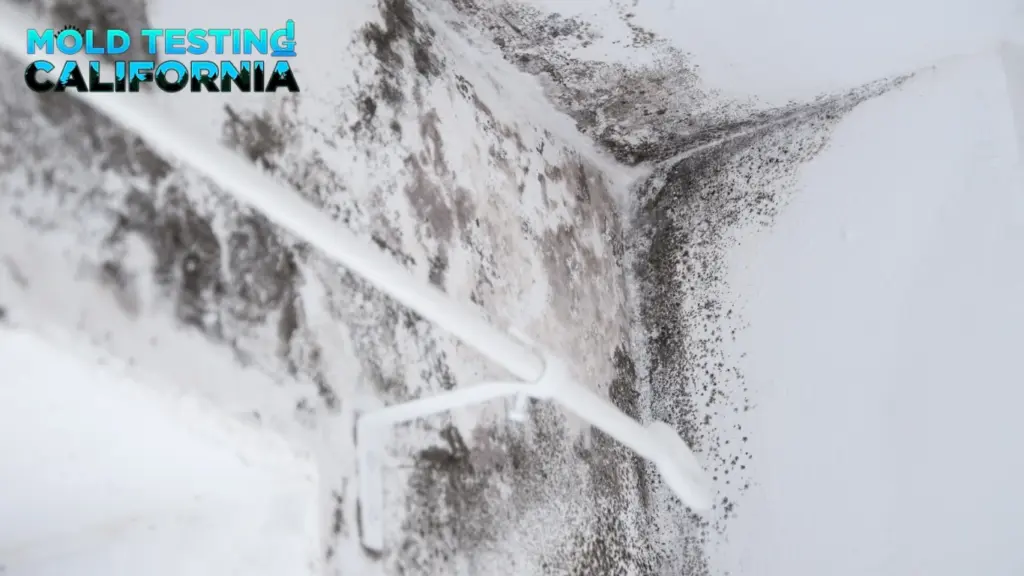Black mold is a serious concern for homeowners. Often hidden in hard-to-reach places, it poses significant health risks and can cause considerable property damage. Black mold testing is an essential tool in detecting this harmful substance early, before it spreads and creates more severe problems. Understanding the risks associated with black mold and the role testing plays in addressing it is crucial for maintaining a safe, healthy home.
Health Risks Associated with Black Mold Exposure
Black mold, also known as Stachybotrys chartarum, is infamous for its potential health risks. Exposure to mold spores can lead to a variety of health issues, particularly affecting the respiratory system. Individuals with asthma, allergies, or weakened immune systems are at a higher risk of developing symptoms such as coughing, wheezing, and skin rashes. Prolonged exposure to black mold can even lead to more serious conditions, including chronic sinus infections, fatigue, and neurological problems. By performing black mold testing, homeowners can detect mold growth before it worsens, reducing the likelihood of health complications for family members.
Structural Damage Caused by Black Mold
While black mold is dangerous to health, it also has a significant impact on the structural integrity of your home. Mold feeds on organic materials, such as wood, drywall, and insulation, causing them to deteriorate over time. As black mold spreads, it weakens these building materials, leading to costly repairs and potential structural failures. Mold testing helps identify the extent of the infestation, enabling homeowners to address the issue before significant damage occurs. Timely black mold testing helps prevent costly repairs and preserves the overall condition of your home.
The Importance of Early Detection
One of the biggest challenges with black mold is its tendency to grow in hidden, hard-to-reach areas, such as behind walls, under floors, or in basements and attics. This makes it difficult to detect without the proper equipment and knowledge. Black mold testing uses advanced tools, such as moisture meters and air samplers, to identify mold growth in concealed areas. Early detection through mold testing allows for quick remediation, minimizing both health risks and property damage. By identifying the problem before it becomes widespread, homeowners can address mold issues efficiently and prevent the need for more extensive, expensive repairs.
How Black Mold Testing Works
Black mold testing involves a combination of visual inspections, moisture detection, and air quality testing. During a mold inspection, professionals will assess areas of the home that are prone to moisture, such as basements, bathrooms, and areas affected by leaks. Air samples are taken to measure the concentration of mold spores in the air, while moisture meters help identify areas with high humidity where mold is likely to grow. By analyzing the collected samples, black mold testing provides accurate data about the presence of mold and the severity of the contamination. This information allows homeowners to take informed steps toward effective remediation.
Black mold is a serious health and property concern, but early detection through black mold testing can prevent long-term damage. Identifying hidden mold and addressing it promptly helps protect both the health of your family and the integrity of your home. Regular black mold testing ensures that any issues are dealt with quickly, reducing the risks associated with mold exposure and ensuring a safer living environment.
Learn more:
Why Black Mold Is Often Misidentified and Why Testing is Necessary
How Black Mold Forms and What Conditions It Needs to Grow

